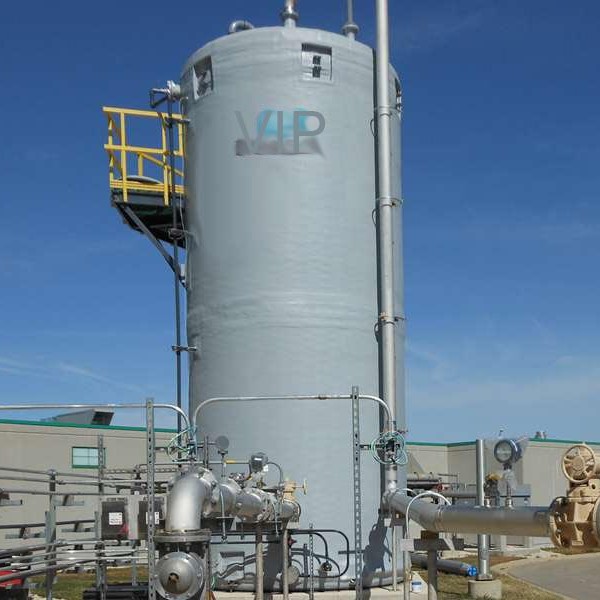
-
 Afrikaans
Afrikaans -
 Albanian
Albanian -
 Amharic
Amharic -
 Arabic
Arabic -
 Armenian
Armenian -
 Azerbaijani
Azerbaijani -
 Basque
Basque -
 Belarusian
Belarusian -
 Bengali
Bengali -
 Bosnian
Bosnian -
 Bulgarian
Bulgarian -
 Catalan
Catalan -
 Cebuano
Cebuano -
 China
China -
 China (Taiwan)
China (Taiwan) -
 Corsican
Corsican -
 Croatian
Croatian -
 Czech
Czech -
 Danish
Danish -
 Dutch
Dutch -
 English
English -
 Esperanto
Esperanto -
 Estonian
Estonian -
 Finnish
Finnish -
 French
French -
 Frisian
Frisian -
 Galician
Galician -
 Georgian
Georgian -
 German
German -
 Greek
Greek -
 Gujarati
Gujarati -
 Haitian Creole
Haitian Creole -
 hausa
hausa -
 hawaiian
hawaiian -
 Hebrew
Hebrew -
 Hindi
Hindi -
 Miao
Miao -
 Hungarian
Hungarian -
 Icelandic
Icelandic -
 igbo
igbo -
 Indonesian
Indonesian -
 irish
irish -
 Italian
Italian -
 Japanese
Japanese -
 Javanese
Javanese -
 Kannada
Kannada -
 kazakh
kazakh -
 Khmer
Khmer -
 Rwandese
Rwandese -
 Korean
Korean -
 Kurdish
Kurdish -
 Kyrgyz
Kyrgyz -
 Lao
Lao -
 Latin
Latin -
 Latvian
Latvian -
 Lithuanian
Lithuanian -
 Luxembourgish
Luxembourgish -
 Macedonian
Macedonian -
 Malgashi
Malgashi -
 Malay
Malay -
 Malayalam
Malayalam -
 Maltese
Maltese -
 Maori
Maori -
 Marathi
Marathi -
 Mongolian
Mongolian -
 Myanmar
Myanmar -
 Nepali
Nepali -
 Norwegian
Norwegian -
 Norwegian
Norwegian -
 Occitan
Occitan -
 Pashto
Pashto -
 Persian
Persian -
 Polish
Polish -
 Portuguese
Portuguese -
 Punjabi
Punjabi -
 Romanian
Romanian -
 Russian
Russian -
 Samoan
Samoan -
 Scottish Gaelic
Scottish Gaelic -
 Serbian
Serbian -
 Sesotho
Sesotho -
 Shona
Shona -
 Sindhi
Sindhi -
 Sinhala
Sinhala -
 Slovak
Slovak -
 Slovenian
Slovenian -
 Somali
Somali -
 Spanish
Spanish -
 Sundanese
Sundanese -
 Swahili
Swahili -
 Swedish
Swedish -
 Tagalog
Tagalog -
 Tajik
Tajik -
 Tamil
Tamil -
 Tatar
Tatar -
 Telugu
Telugu -
 Thai
Thai -
 Turkish
Turkish -
 Turkmen
Turkmen -
 Ukrainian
Ukrainian -
 Urdu
Urdu -
 Uighur
Uighur -
 Uzbek
Uzbek -
 Vietnamese
Vietnamese -
 Welsh
Welsh -
 Bantu
Bantu -
 Yiddish
Yiddish -
 Yoruba
Yoruba -
 Zulu
Zulu
Durable Corrosion Resistant FRP Solutions for Industrial Applications and Infrastructure Enhancements
Corrosion-Resistant FRP A Durable Solution for Modern Applications
In today's industrial landscape, the challenge of corrosion is a significant concern across various sectors, including marine, construction, chemical processing, and wastewater management. Traditional materials like steel and concrete, while widely used, often succumb to rust and chemical damage over time, leading to increased maintenance costs and reduced structural integrity. This is where corrosion-resistant Fiber Reinforced Polymer (FRP) comes into play, offering a promising alternative that combines strength, durability, and resistance to harsh environments.
Corrosion-Resistant FRP A Durable Solution for Modern Applications
Corrosion is a result of chemical reactions that degrade materials, especially in environments exposed to moisture or aggressive chemicals. For example, in marine applications, the constant exposure to saltwater can rapidly deteriorate metal structures. Traditional solutions often involve costly coatings or the use of stainless steel, which, while effective, still face limits in certain environments. In contrast, FRP can be engineered to resist a wide range of chemical attacks, including acids, alkalis, and salts, making it a suitable choice for various demanding settings.
corrosion resistant frp

Another significant benefit of FRP is its longevity. Structures made from corrosion-resistant FRP can last several decades with minimal maintenance, compared to traditional materials that may require frequent repairs or replacements. For instance, in the wastewater treatment industry, FRP can be utilized for tank linings, piping, and manholes, significantly reducing the risk of leaks and the costs associated with corrosion-related repairs.
Moreover, the versatility of FRP goes beyond its physical properties. It can be molded into intricate shapes and sizes, allowing for innovative designs that are not feasible with conventional materials. This flexibility opens up new possibilities in architectural and engineering projects, enhancing aesthetic appeal while maintaining functionality.
The use of FRP material does not compromise strength; in fact, certain types of FRP can exhibit higher tensile strength than steel. This exceptional strength-to-weight ratio means that engineers can create lighter structures without sacrificing durability. As industries continue to innovate and seek sustainable solutions, the adoption of corrosion-resistant FRP is expected to grow.
In conclusion, corrosion-resistant FRP represents a breakthrough solution for applications plagued by deterioration due to environmental factors. Its unique combination of lightweight, strength, and chemical resistance positions it as a formidable alternative to traditional materials in various industries. As we move towards a future that prioritizes sustainability and longevity in construction and manufacturing, embracing advanced materials like FRP will be essential in mitigating corrosion-related challenges. With these benefits, FRP is not only a smart choice but a necessary evolution in material science, promising enhanced performance and reduced lifecycle costs.
Latest news
-
Exploring the Benefits of Top Hammer Drifter Rods for Enhanced Drilling PerformanceNewsJun.10,2025
-
High-Precision Fiberglass Winding Machine for GRP/FRP Pipe Production – Reliable & Efficient SolutionsNewsJun.10,2025
-
FRP Pipes & Fittings for Shipbuilding - Corrosion-Resistant & LightweightNewsJun.09,2025
-
Premium FRP Flooring Solutions Durable & Slip-ResistantNewsJun.09,2025
-
Premium Fiberglass Rectangular Tanks Durable & Lightweight SolutionNewsJun.09,2025
-
Tapered Drill String Design Guide Durable Performance & UsesNewsJun.09,2025









